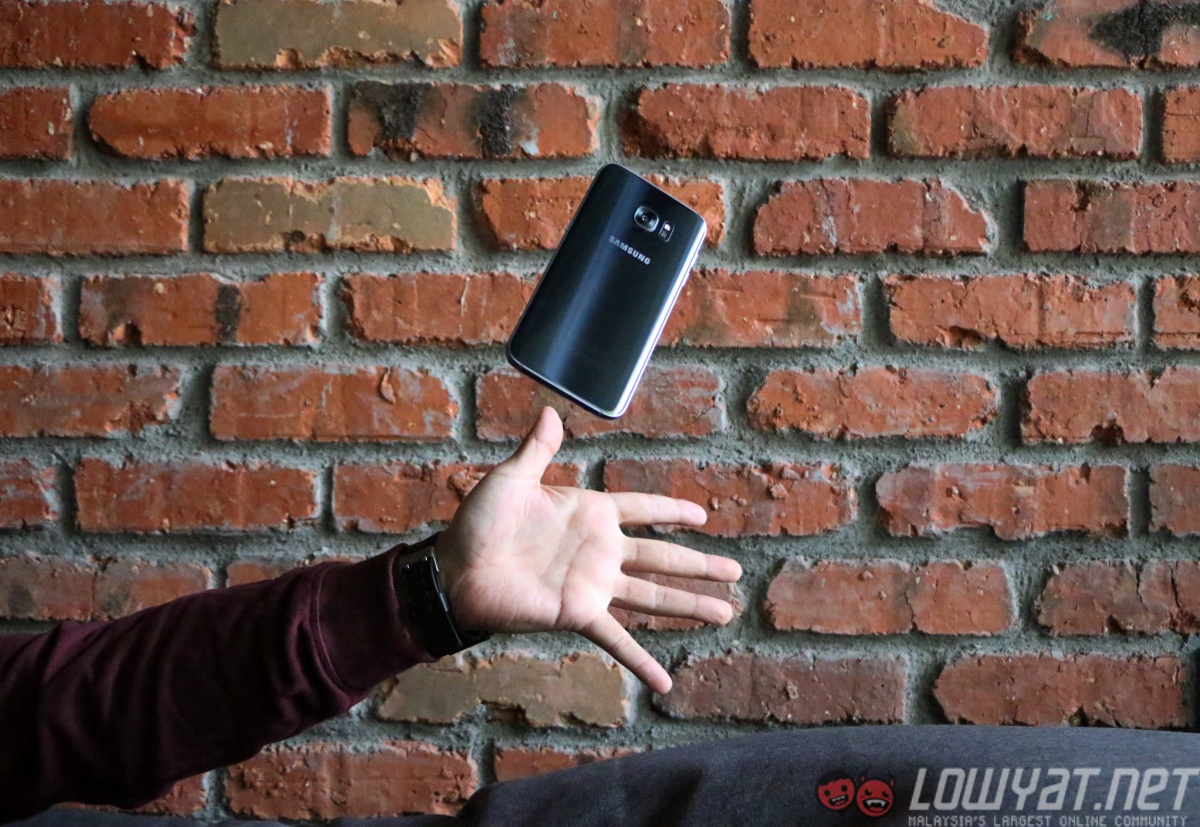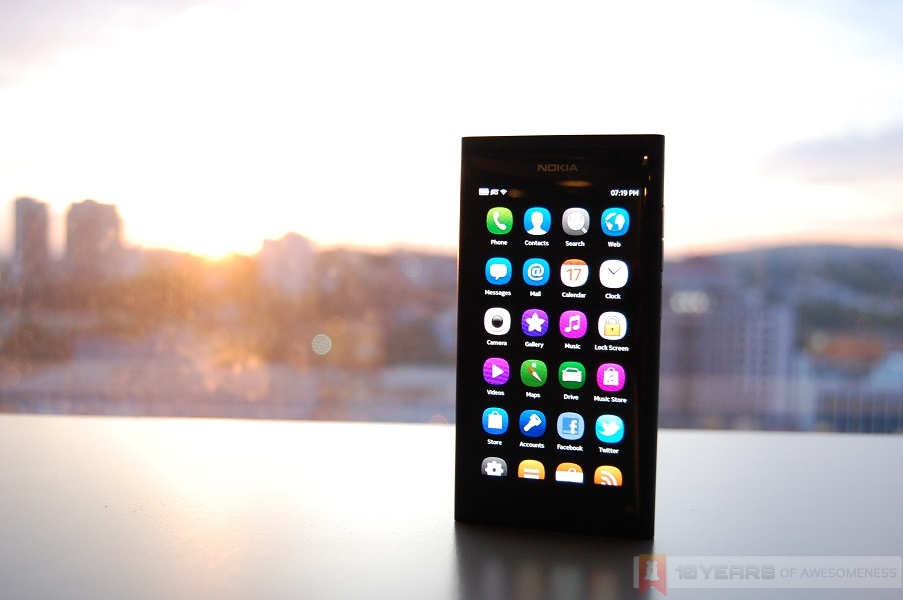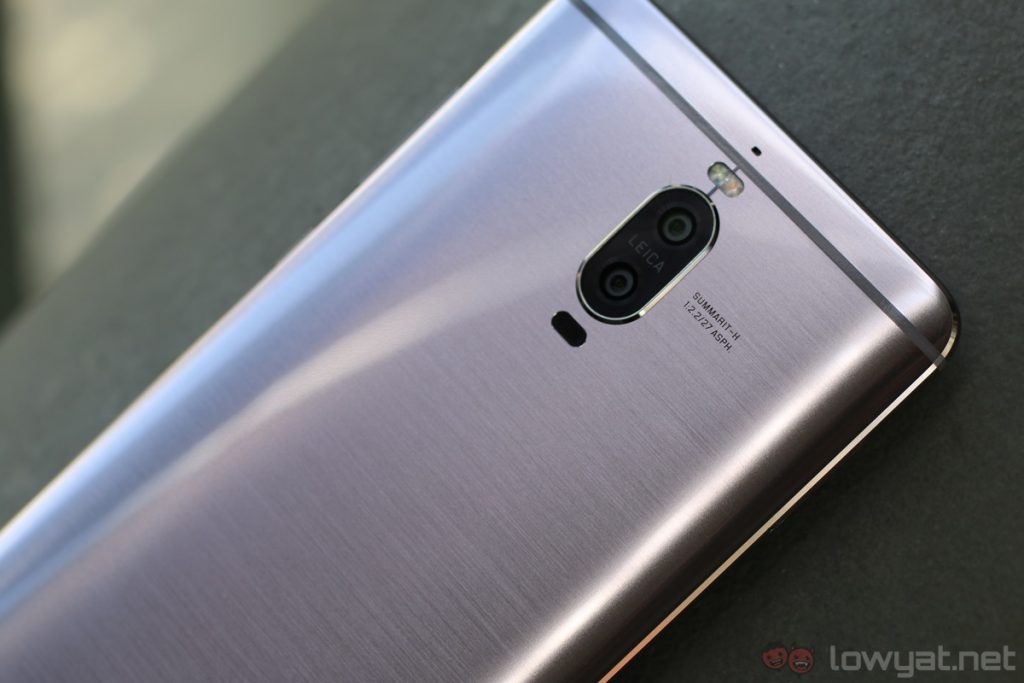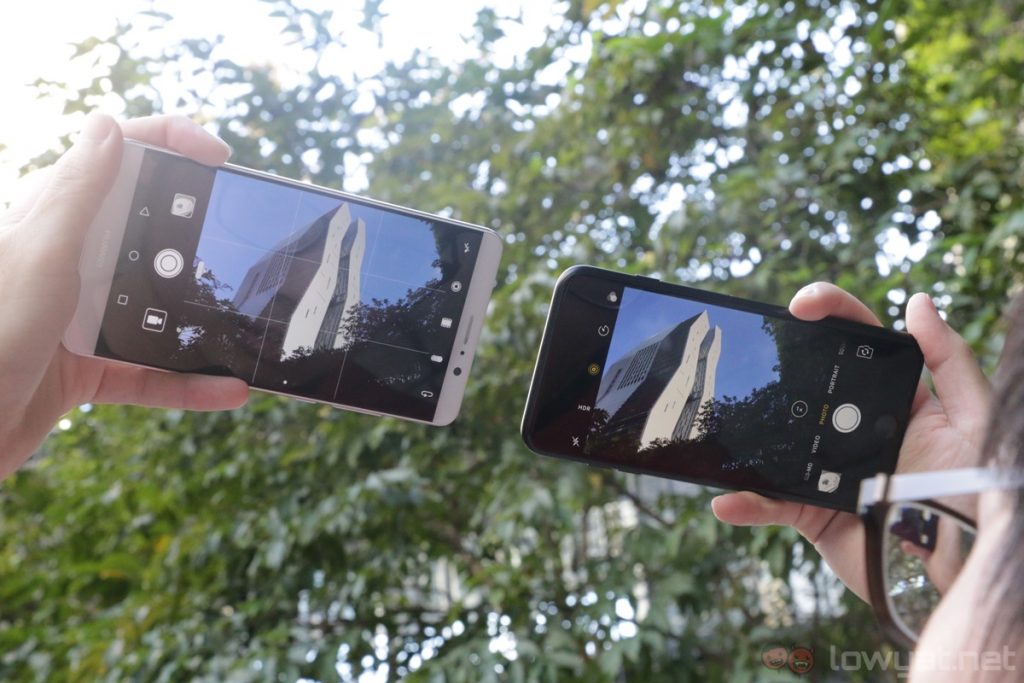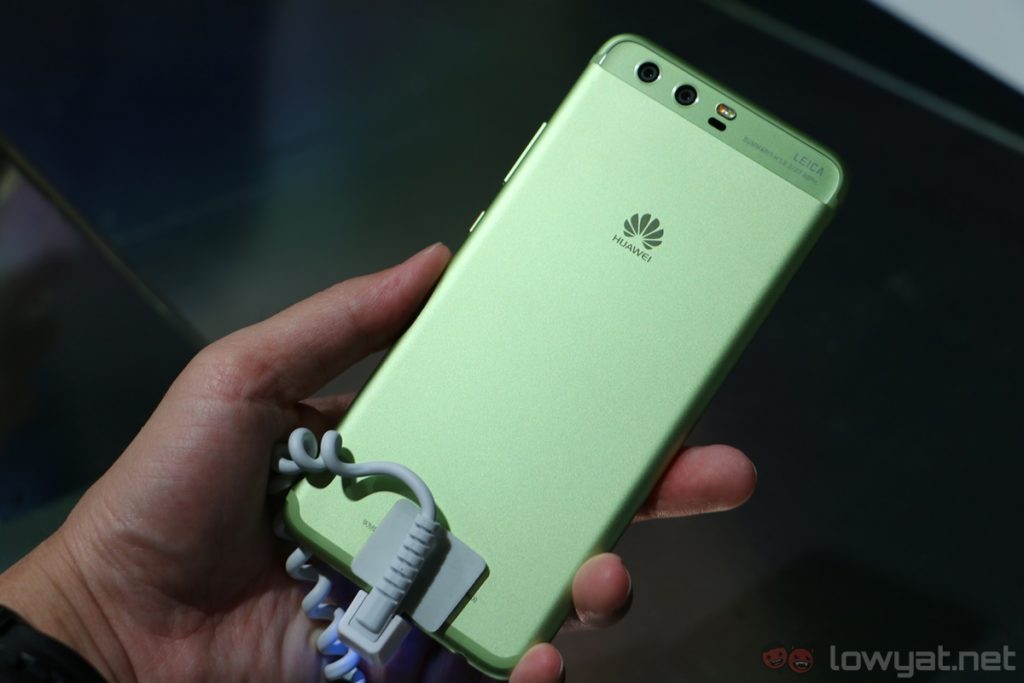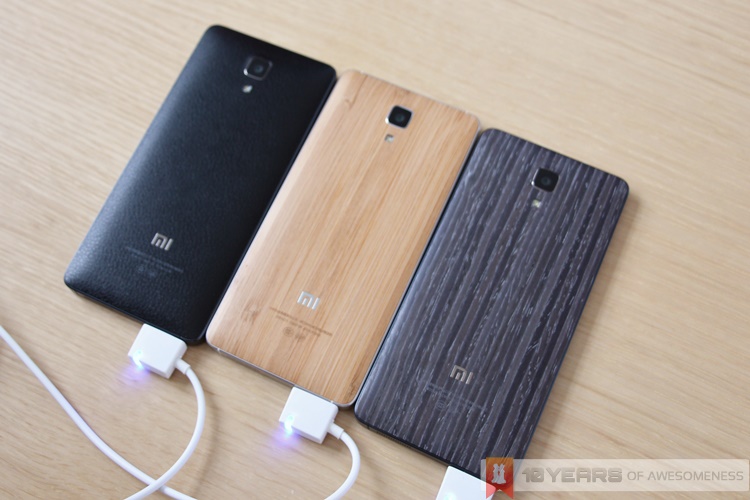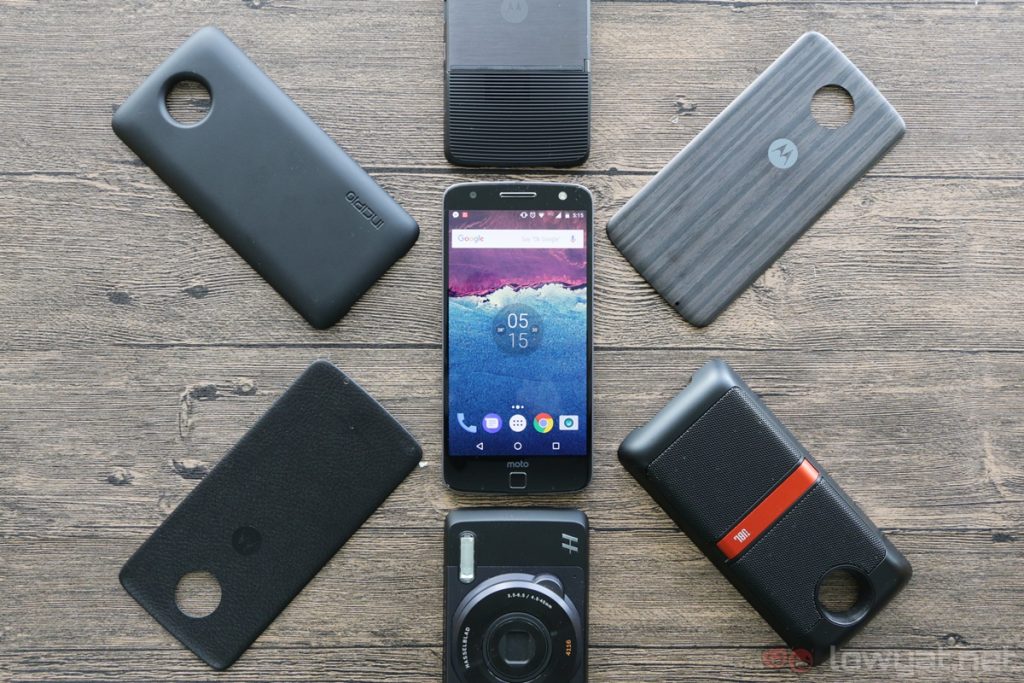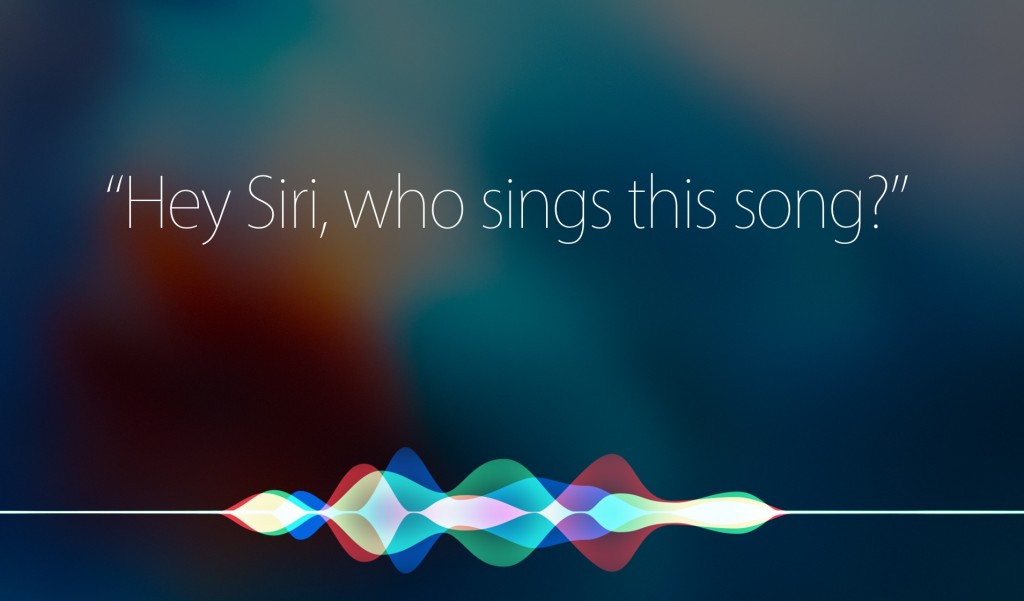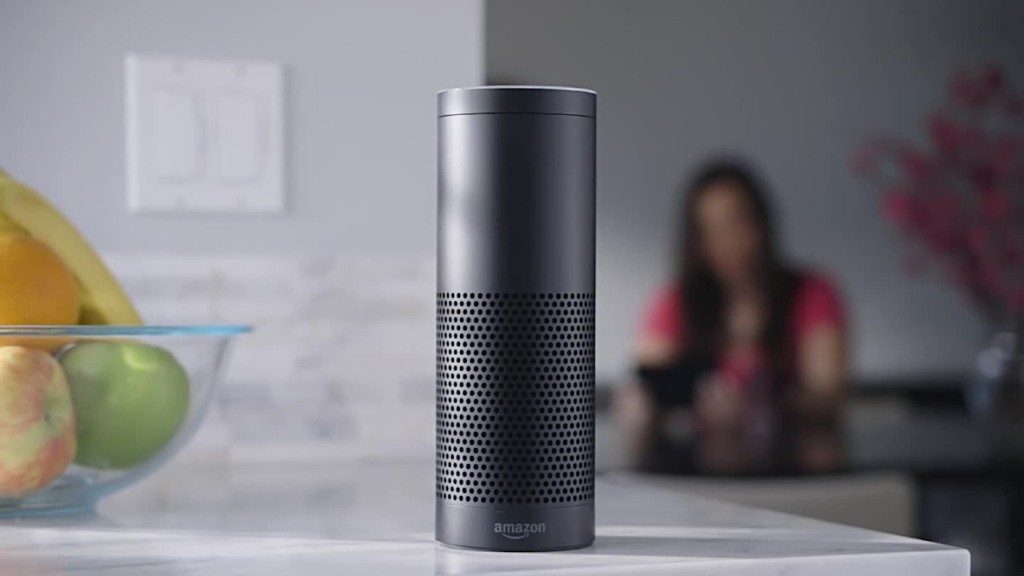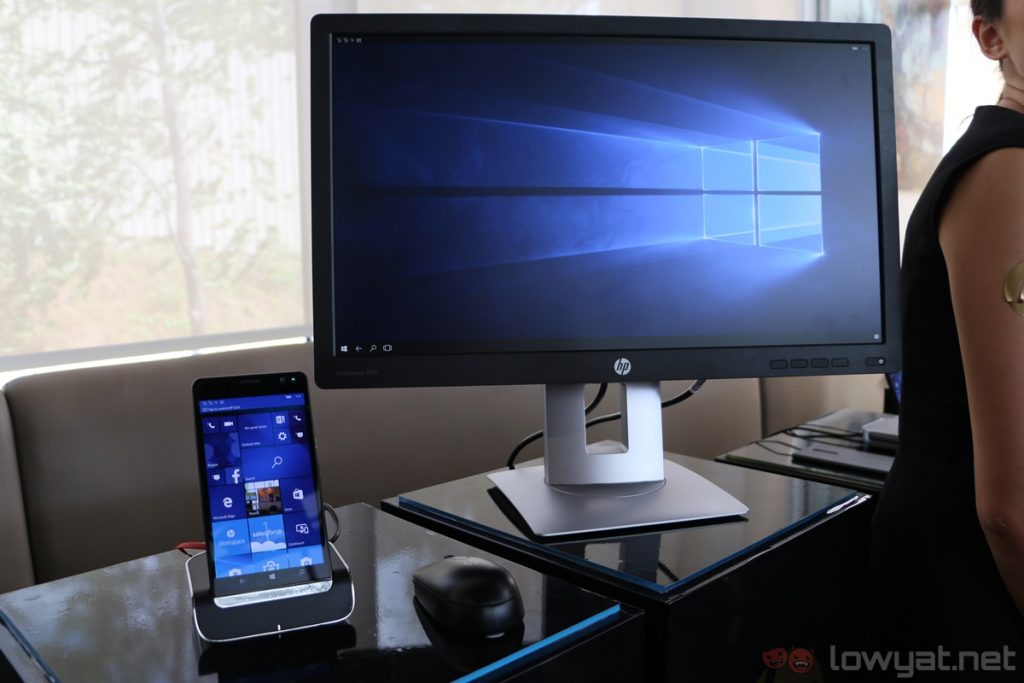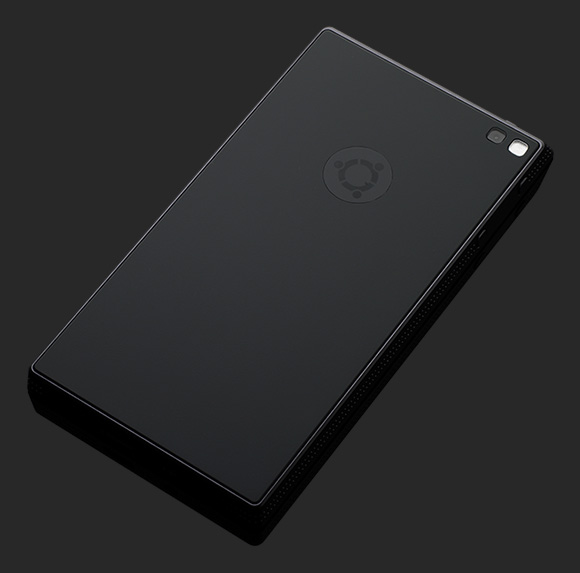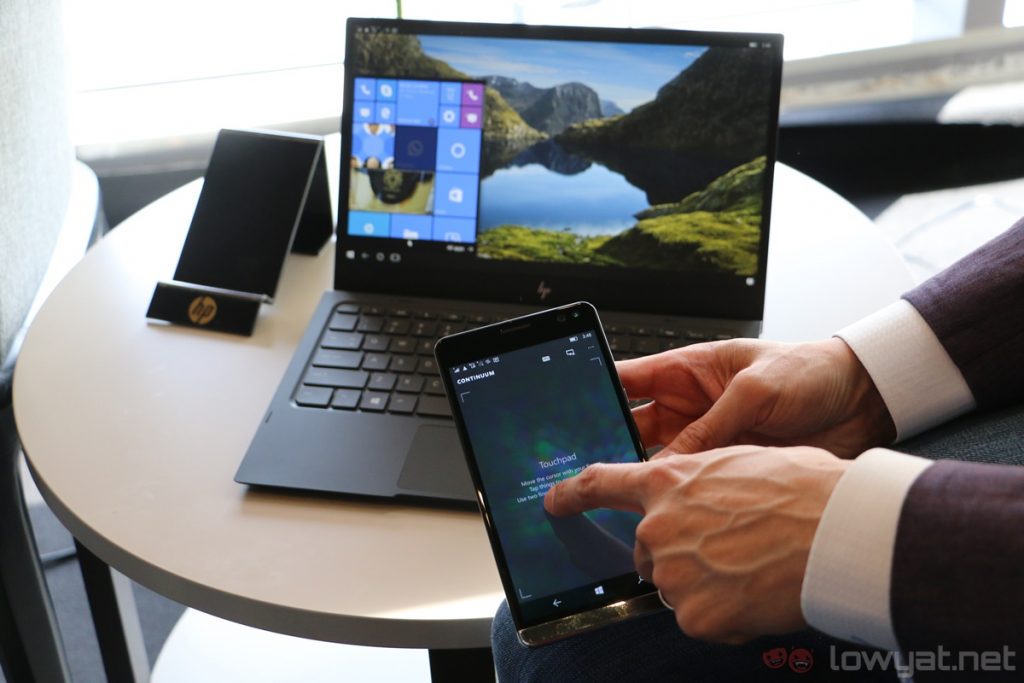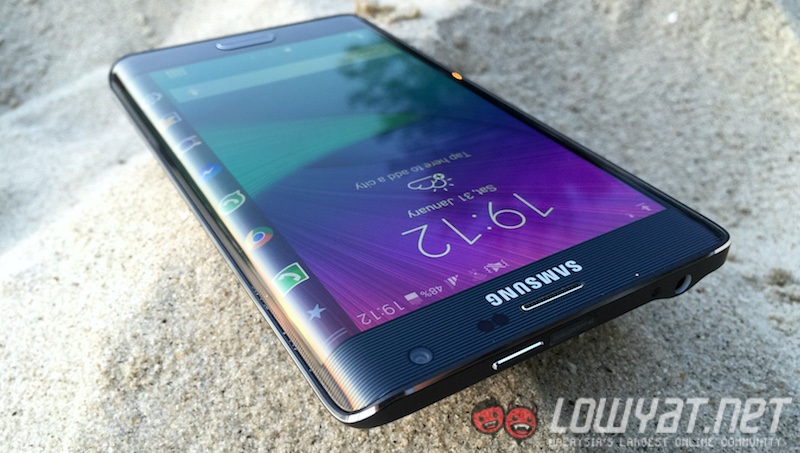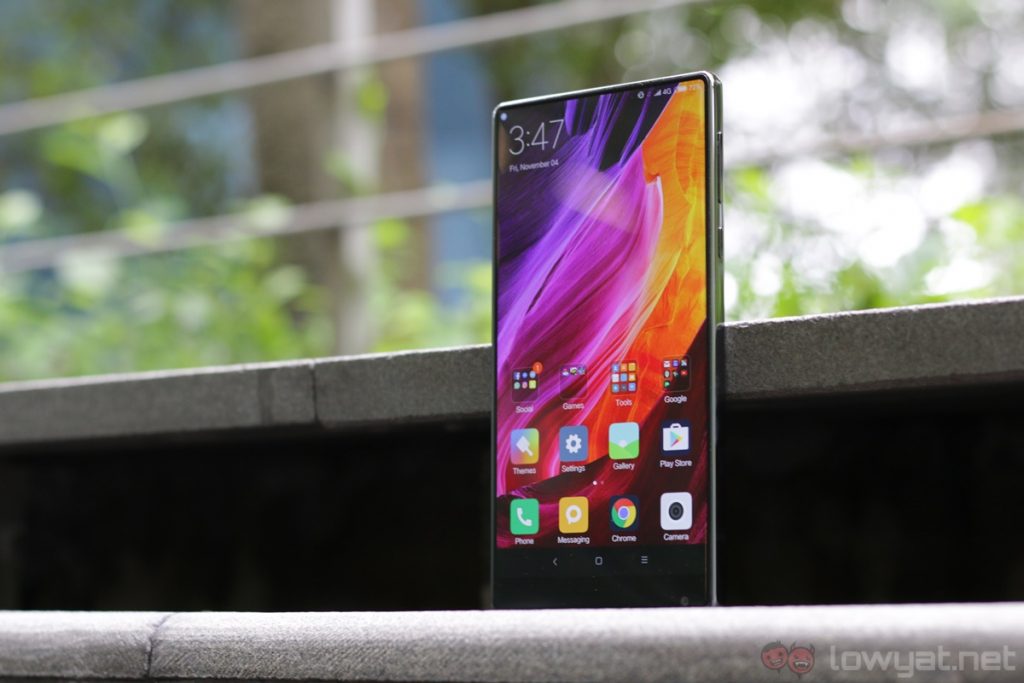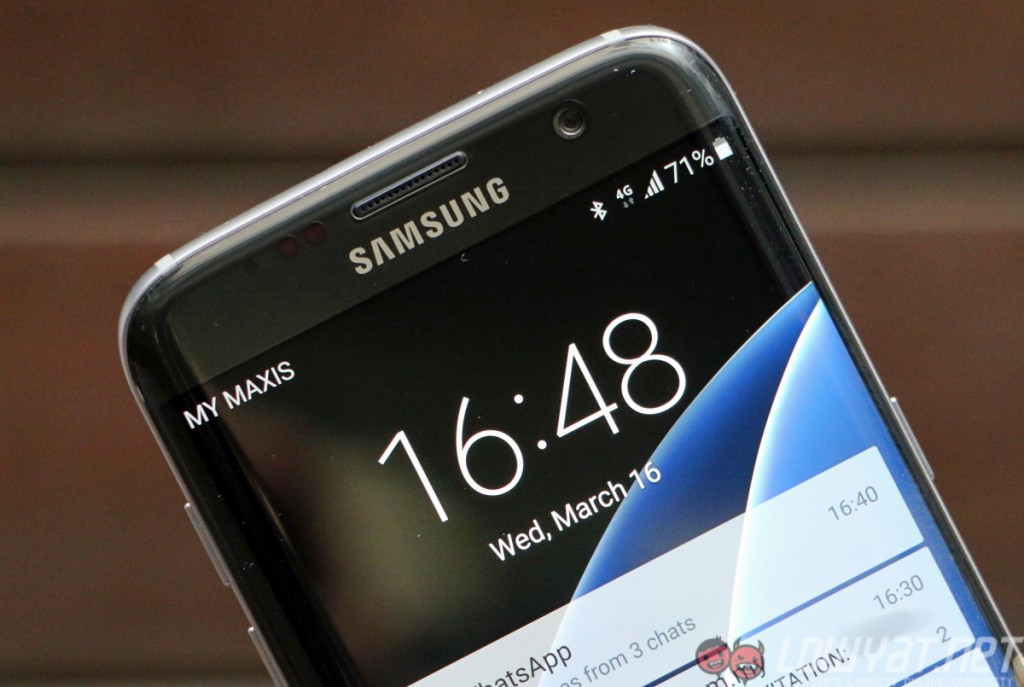For some time now, the smartphone industry can be seen as having its “PC moment”. Some called smartphone innovation as dead, as the increasingly stiff competition meant more and more companies played it safe or risk losing the business altogether. But 2017 looks like the year of smartphone renaissance.
Not since the turn of the decade have we seen some truly innovative ideas to appear in smartphones. Since Nokia’s tragically flawed N9 to the magnificently insane 41MP camera on the 808 PureView, few if any companies have really gone out and challenged the general perception of what a smartphone should be.
To be fair, we’ve seen glimpses of hope in 2016. Xiaomi’s Mi Mix is a fine example of a “concept smartphone” hitting the market. Huawei made dual-camera setups mainstream (even if HTC had the same dual-camera features some years ago). Samsung pushed too hard in its pursuit of maximising space in a smartphone, while Apple introduced a portrait mode on the iPhone 7.
So what exactly will be the next big thing in smartphones?
Dual Camera Setups
For some companies, perfecting the dual-camera setup is their focus. While HTC introduced such a setup on the HTC One M8 in 2012, it is finally gaining mainstream acceptance in recent times as both Huawei and, crucially, Apple introduced dual-camera smartphones in 2016. This year saw Huawei already improving on the sensor which it co-developed with renowned photography brand Leica on the Huawei P10, while much is expected from the 10th anniversary iPhone.
Apple’s implementation of a dual-camera setup is vastly different from the others. Offering two sensors with two focal lengths allows the iPhone 7 Plus to feature “true” zoom, as well as additional data for the image processor to isolate the foreground for some stunning portrait photos. Portrait mode is going to be a thing; Huawei already has its own Portrait mode on the new Huawei P10 smartphone.
But what else can be done from a dual-camera sensor? The next step may be increasing the pixel size for better low light performance – Samsung’s dual-pixel camera sensor still reigns supreme here – but that is one hell of a technological barrier that stands in the way. There is only so much space within the chassis of a smartphone, after all.
On the other hand, the countless leaks have shown that Samsung’s next flagship smartphone, the Galaxy S8, will feature a single (and rather large) rear camera. Given the already great dual-pixel technology in its 2016 flagships, perhaps Samsung has an ace up its sleeve that justifies the decision not to have a dual-camera setup.
New Materials and Design Languages
While recording our latest podcast episode this week, my colleague Farhan raised an interesting proposition. What if the next big thing in smartphones lies elsewhere from the hardware?
He was of course referring to premium design and materials. Huawei’s extensive (and exhaustive) explanation of colours during the P10 launch is one such indication that this isn’t something that’s too far-fetched to believe either.
After all, the one major gripe about smartphones today is that there are way too many smartphones that simply look the same. So why not mix it up in a purposefully meaningful way?
Here’s where Chinese companies such as Xiaomi and OnePlus lead the way. At the Mi 4 launch in 2014, Xiaomi showed off the many, many back covers that users can switch should they not want the glossy glass back. The covers not only range from different coloured plastic ones, but Xiaomi was already experimenting with different materials and, interestingly, textures. I saw covers made from wood, bamboo, and even denim – they were truly delightful to the touch.
The same can be said of OnePlus as well. While the OnePlus 3 and 3T have somewhat regressed into the mainstream metal unibody bandwagon, the company’s first smartphone is still my favourite. Two colour options were available for the OnePlus One: a rubbery Silk White and the sandpaper-finish Sandstone Black. I still have really fond memories of my Sandstone Black OnePlus One – few phones have genuinely made me happy from just how they felt.
Granted, Motorola have also been an active proponent of customisation on smartphones. Moto Maker is the company’s online customisation tool that allowed customers to change their smartphones extensively, from the colour of the frame to the materials of the back covers. But for the new Moto Z, the company has had to scale down the customisation a little, falling back instead on the Moto Mods covers.
The maturity of smartphone production lines mean almost any smartphone company can create a smartphone with a full metal body, or one with a glass back. Perhaps it is time to experiment again?
Digital Assistant
Ah, artificial intelligence and machine learning: the two phrases that are basically enthusiastically spewed at every global tech event this year. Together, AI and machine learning will pave the way for the one true dream of technology: having a digital assistant to help humans in daily life.
Google has been at the forefront of this for years now, though many other companies have been catching up. Facebook – like Google – has the wealth of over a billion human users to mine data from to create an exhaustive pool of knowledge (which is calls the Knowledge Graph) from which it can use to build algorithms from.
Apple has Siri, the first digital assistant of its kind. Though initially rather basic, the decision to open up Siri to plug into third party applications has increased its usability considerably. It is still considered to be inferior to Google Assistant, however.
Meanwhile, Amazon’s Alexa is designed to be a digital assistant for the home. It has made huge inroads over the past year, with plenty of companies integrating Alexa into their home electronic products. While it was primarily designed to make it easier for owners to order items on Amazon, it has paved the way for humans to be comfortable to live with a product that’s constantly listening to everything you say.
So is there space for yet another digital assistant? Samsung seems to think so. It recently acquired Viv Labs, the company that created the technology that powers Siri, and through that acquisition Samsung has Bixby. Essentially Samsung’s answer to Google Assistant, Bixby is capable of contextual awareness and plugging into core apps to deliver information to the user; third party app integration is said to be coming later on. One hopes that this does not go the way of S Voice.
PC Companion
Another holy grail of smartphones. With the power that’s inside a smartphone today, what if one can actually replace an entire computer with the phone you have in your pocket?
Various companies have attempted this. Canonical announced an ambitious – but ultimately futile – crowdfunded project called the Ubuntu Edge with laptop-level hardware inside. Essentially, the Ubuntu Edge transforms into a CPU when you connect it to an external monitor, keyboard, and mouse.
And we’re not talking about some “desktop experience” either – Canonical imagined the Ubuntu phone to run on its mobile OS when used on its own, and turbocharging it into a full desktop experience when connected to an external monitor. But since very few people actually use Ubuntu in their daily lives, the project continues to be a pipe dream.
Microsoft had a similar idea as well with something called Continuum. Available to its Windows 10 Mobile smartphones, Continuum creates a “desktop experience” when a phone is docked and extended to an external monitor. Continuum allows Office documents to be opened and edited on a larger screen, for example; the docked phone can even be used as a touchpad. Continuum’s ultimate goal is the same as Canonical’s – to expand into a full-fledged Windows machine when docked – but that is likely a hardware technology barrier away from reality.
Meanwhile, rumours have suggested Samsung will be releasing something called the DeX alongside a series of accessories for the Galaxy S8. Short for Desktop Xtension, not much is known about DeX, but from what Canonical and Microsoft have been attempting, DeX may not be too far off.
One major advantage Samsung has with DeX is the Android platform itself. Over the past year Google has been hard at work at attempting to unify Android with its desktop Chrome OS. A project called Andromeda was supposedly in development to combine the two platforms into a single system, but not much have been heard since.
What has been official is that Chrome OS now supports the running of Android apps. This paves the way for the desktop experience Holy Grail that companies have been seeking. The real question is, will the experience be so seamless, users would be ready to ditch the PC for this?
Display Technology
Here’s where “the next big thing” will be most apparent. Advancements in display technology have been accelerating far faster than other hardware, allowing it to mature at a greater pace. We’ve already seen flexible display concepts for years now, with Samsung and LG at the forefront of this.
Samsung’s Galaxy Note Edge was the first implementation of the technology, with a display that curves into one side. The Galaxy S6 edge later saw Samsung introducing a display that curves on both sides.
The upcoming Galaxy S8 is said to be the first series where Samsung will not offer a flat-screened option. More importantly, it also appears to be a smartphone with an exceptionally high screen-to-body ratio – yet another Holy Grail among smartphones.
Xiaomi’s Mi Mix had a stunning facade, with a front that was 91.3% screen. The Galaxy S8 looks to be slightly less, but still retaining the traditional looks of a smartphone. That said, the iconic home button is no longer feasible, so it will be interesting to see how Samsung has moved the internals to accommodate the large display. After all, that was one of the most interesting areas of the Mi Mix, from the use of technologies such as a piezoelectric earpiece.
But of course, that is just the start. As technology progresses, the idea of a foldable smartphone may then become a reality. As it is, there is already a prototype of a bendable smartphone battery, so it may not be too much of a stretch to consider flexible motherboards in the horizon.
So what exactly is the next big thing in smartphones? No one can really say for sure, but one thing is certain: innovation will likely come in bite-sized iterations. It is a safer option, simply because history has repeatedly demonstrated that sometimes, consumers aren’t yet ready for an innovative new feature. That also means there won’t be another “iPhone moment” that redefines a product category. Instead, companies will slowly move its product plan to gradually introduce the future one step at a time.
We’ve already seen a few pretty exciting devices from MWC 2017; let’s see what Samsung brings to the table next with the Galaxy S8.
Follow us on Instagram, Facebook, Twitter or Telegram for more updates and breaking news.


